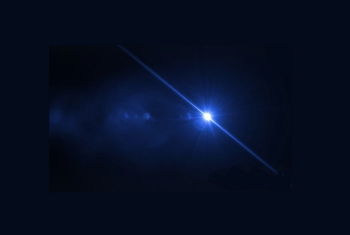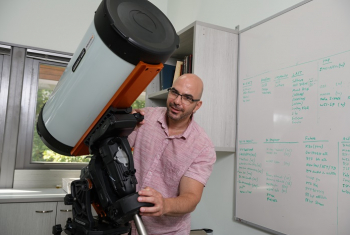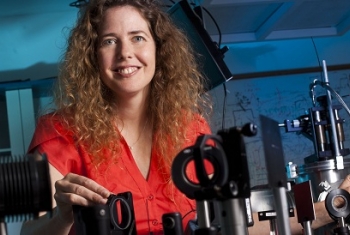Dr. Sagi Ben Ami and Prof. Eran Ofek of the Department of Particle Physics and Astrophysics compared the potential of current telescope system designs to enable new celestial discoveries by looking at their cost-effectiveness, or the observed volume of the Universe, per unit time, per dollar. They concluded that recent technological advancements make it possible to construct a telescope using multiple small ‘off-the-shelf’ telescopes to scan an extremely wide swath of the Universe very quickly. Such a system will allow them to gather more data than what is currently possible using the world’s most powerful survey telescopes—all for a fraction of the cost. The game changer in this case is a new, full-frame complementary metal oxide semiconductor (CMOS) detector (camera) that uses small pixels with higher resolution and has a substantially lower price tag compared to the standard charge couple devices typically used in sky surveys.
Putting their findings into practice, the pair is building the Weizmann Astrophysical Observatory (WAO). Located near Kibbutz Neot Smadar in Israel’s Negev Desert, the WAO is based on a novel, modular approach in which dozens of telescopic components are linked together. The system’s unique potential stems from its modularity—which will allow a steady increase in power as new nodes are added—as well as from original algorithms that allow Weizmann astrophysicists to store and analyze the immense data sets generated by their observations.
Inside the WAO, Dr. Ben-Ami and Prof. Ofek are developing the Large Array Survey Telescope (LAST). The LAST design is an assembly of 48 telescopes on 12 mounts. Each telescope will be equipped with full-frame CMOS detectors, creating a system that supports large‑format, high-
performance distributed camera optimization. Along with its superior imaging capabilities, the LAST can view more volume of the Universe per dollar – by an order of magnitude—than any existing ground-based survey telescope. The researchers assert that, once it is ready—by the end of the year, according to current estimates—LAST will be the largest telescope in Israel and among the leading survey telescopes in the world.
LAST’s advanced capabilities are ideal for identifying signatures of hard-to-track celestial events. When observatory is fully operational, studies by multiple Weizmann research groups are expected to help answer the some of most pressing questions in physics and astrophysics, such as the nature of gravity, the origin of “stuff” of the Universe—from heavy elements like gold, to stars, solar systems, and galaxies, and how to identify massive asteroids that could crash into Earth.












